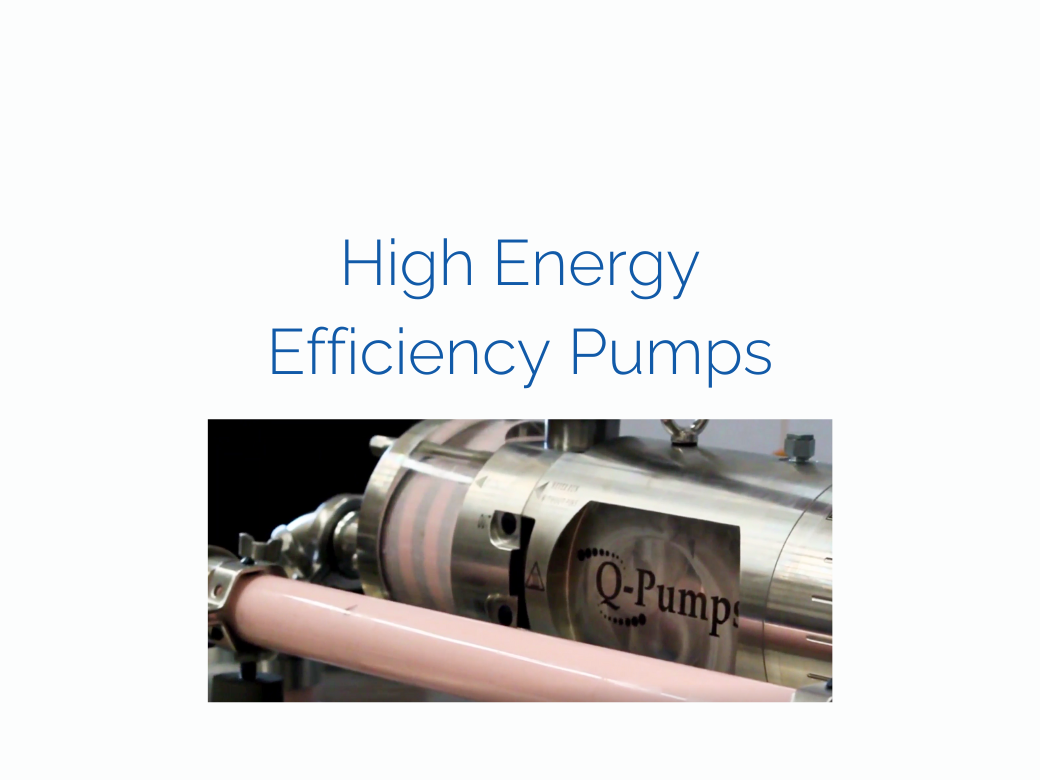
Discover how high energy efficiency pumps reduce costs in food factories and improve sustainability. Proven solutions
In the food industry, energy consumption represents one of the most significant operational expenses. High energy efficiency pumps have become a key solution for optimizing processes, reducing costs, and complying with environmental regulations. This article explores their benefits, applications, and how to implement them effectively.
Need technical advice to choose the ideal pump?
Request a Free Consultation
1. What Are High Energy Efficiency Pumps?
High-efficiency pumps are designed to minimize energy consumption without compromising performance. They incorporate advanced technologies such as:
-
IE3/IE4 motors (international efficiency standards)
-
Variable frequency drives (VFDs) to adjust flow according to demand
-
Hygienic designs that reduce friction losses and contamination
2. Key Benefits for the Food Industry
2.1 Energy Savings and Cost Reduction
-
Up to 30% lower consumption compared to traditional pumps
-
Fast return on investment (ROI), typically in less than 2 years
2.2 Regulatory Compliance and Sustainability
-
EHEDG and FDA certifications for hygienic processes
-
Contribution to ESG goals (Environmental, Social, and Governance)
2.3 Increased Durability and Lower Maintenance
-
Corrosion and high-temperature resistant materials
-
Advanced mechanical seals to prevent leaks
Discover our range of efficient pumps for your food sector.
| Q-pumps Catalog |
3. Applications in Food Processing
3.1 Viscous and Sensitive Liquids
-
Positive displacement pumps for sauces, honey, or purees
-
Smooth flow to avoid damaging sensitive products
3.2 Thermal Processes (Pasteurization, Sterilization)
-
High-temperature resistance (up to 150°C)
-
Sanitary centrifugal pumps for hot liquids
3.3 CIP Cleaning and Wastewater
-
Self-draining designs that reduce water and energy in wash cycles
4. Technologies That Maximize Efficiency
4.1 Variable Frequency Drives (VFDs)
-
Automatic flow adjustment based on real needs
-
Prevents water hammer and energy overconsumption
4.2 Hygienic Materials and Design
-
AISI 316L stainless steel compliant with FDA standards
-
Optimized geometry to minimize dead spots and contamination
5. How to Select the Ideal Pump
5.1 Assess Process Requirements
-
Product type (viscosity, thermal sensitivity)
-
Required flow and pressure
5.2 Consider Total Cost of Ownership (TCO)
-
Initial investment vs. long-term energy savings
-
Availability of spare parts and technical support
Conclusion
High energy efficiency pumps are a strategic investment for the food industry, combining economic savings, sustainability, and superior performance. By integrating them with technologies like VFDs and hygienic designs, factories can significantly optimize their processes.
Ready to upgrade your pumping system?